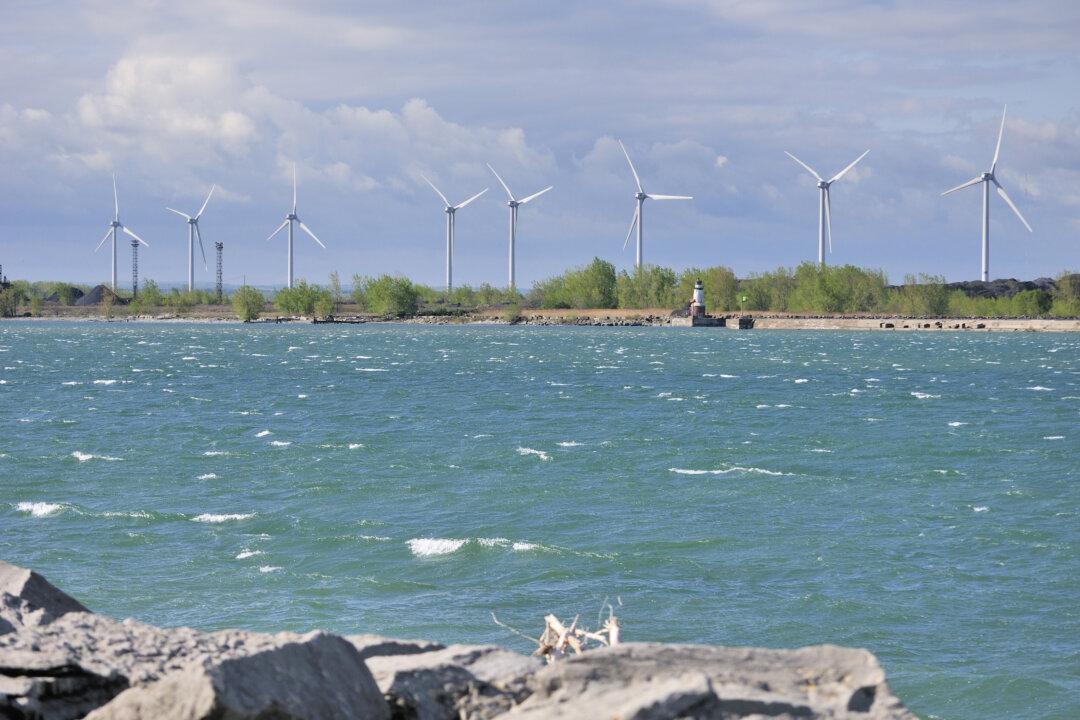At least 142,000 gallons of raw sewage spilled into Lake Erie following severe weather, said officials on May 29.
The Northeast Ohio Regional Sewer District issued the advisory for Edgewater beach following an overflow of sewage into the lake.


At least 142,000 gallons of raw sewage spilled into Lake Erie following severe weather, said officials on May 29.